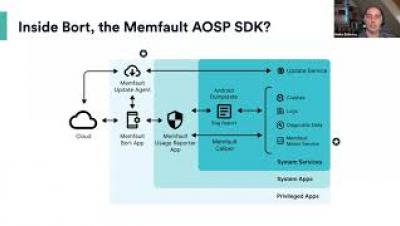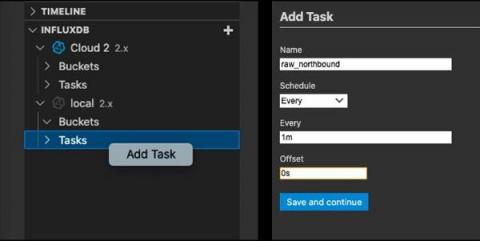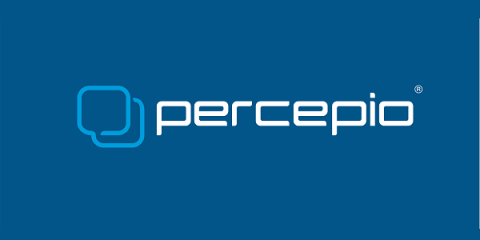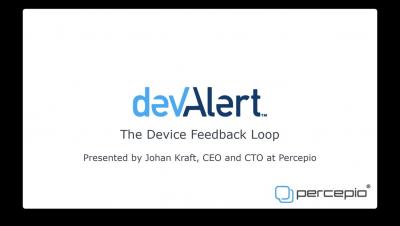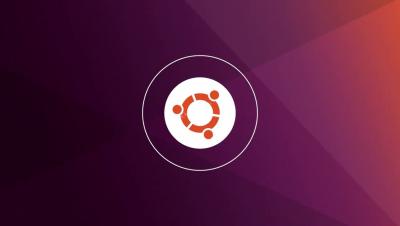Operations | Monitoring | ITSM | DevOps | Cloud
IoT
InfluxDB as an IoT Edge Historian: A Crawl/Walk/Run Approach
The question of how to get data into a database is one of the most fundamental aspects of data processing that developers face. Data collection can be challenging enough when you’re dealing with local devices. Adding data from edge devices presents a whole new set of challenges. Yet the exponential increase in IoT edge devices means that companies need proven and reliable ways to collect data from them.
Managing Android Devices at Scale with Memfault AOSP SDK Bort 4.0
Using InfluxDB as an IoT Edge Historian
InfluxDB is increasingly being used in IoT solutions to store data from connected devices. Now it can also be used on IoT edge gateways as a data historian to analyze, visualize and eventually transmit aggregated IoT data up to a centralized server. In this article we’re going to look at three simple ways you can connect an instance of InfluxDB on your IoT Edge device to another instance of InfluxDB in the cloud.
Taking care of your loved ones with Grafana and other open source solutions
Amon Reich is the founder of SmartLiving.Rocks based out of Schweinfurt, Germany, an IoT solutions provider for smart homes and small businesses. Amon maintains the open source SeniorenSmarthome project, which enables Ambient Assisted Living through Grafana dashboards and other open source technologies. I’ve been working in the field of smart technology for over 10 years.
Running Tracealyzer 4 on Linux hosts
To run Tracealyzer 4 on Linux, the first thing you will need to install is Mono. For most distributions there’s a package called “mono-complete”, though some distributions and package systems may instead use simply “mono”. There may be additional requirements, in particular for Debian/Ubuntu and Fedora based systems. See below for distribution specific instructions. Mono version 5.14 (or newer) is required for Tracealyzer.
Percepio DevAlert - The Device Feedback Loop
Linux and embedded system: What you should know
C Structure Padding Initialization
This article takes a look at a few different aspects of C structure initialization. In particular, we’ll look at when it matters, the current state of things in Clang and GCC, recommendations, and the ✨ future ✨. Time to dive into this very niche, but occasionally hazardous corner of the C language!


